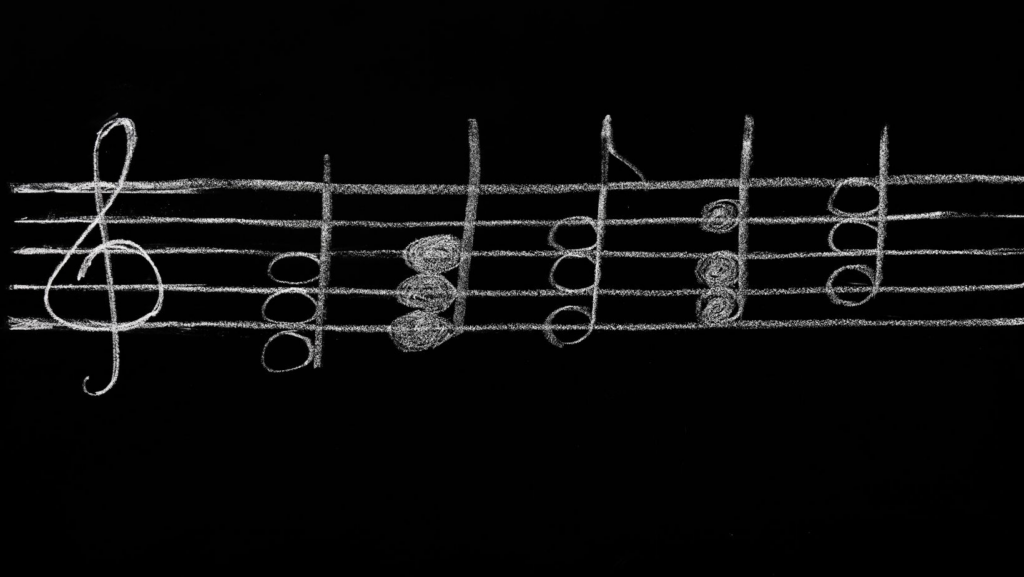
Music, in its universal language, speaks to the soul. It’s a vibrant symphony of melody, rhythm, and emotion, ever-evolving and diversifying. From the energetic beats of rock to the soothing rhythms of classical, the world of music is as varied as it is vast.
In this journey, we’ll explore the rich tapestry of different music styles. We’ll delve into their unique characteristics, their origins, and the cultural impacts they’ve made. So, whether you’re a seasoned audiophile or a casual listener, there’s something here for you to discover and enjoy.
Different Music Styles
Diving deeper into the mosaic world of music, let’s dive into five distinctive music genres.
Classical Music: Harmony and Complexity
Classical different music styles, notable for its structured melodies and deliberate complexities, emerged from Western traditions. Commanding a grandeur that would span centuries, its prominent composers include icons like Beethoven, Mozart, and Tchaikovsky. With its origins from the medieval times, it’s age-old yet timeless nature manifests in several sub-genres, ranging from baroque to romanticism.
Jazz Music: Improvisation and Freedom
Born in the soulful cradle of New Orleans in the 19th century, jazz serves as a testament to experimentation and improvisation. Its key players, like Louis Armstrong and Duke Ellington, painted a sonic canvas of spontaneous melodies and adventurous rhythms, blurring the lines between performer and composer.

Rock Music: Revolution and Rebellion
Rock different music styles, birthed in the 1950s, became the anthem of youthful rebellion and cultural revolution. With iconic bands such as The Beatles, The Rolling Stones, and Led Zeppelin, it challenged norms and amplified the anthems of self-expression.
Country Music: Storytelling and Simplicity
Hailing from the southern parts of the United States, country music spins yarns of everyday life, heartache, and resilience. Anchored by simplicity and honesty, artists such as Johnny Cash and Dolly Parton popularized its distinct storytelling style.
Hip-Hop Music: Beats and Rhymes
Hip-hop, rising from impoverished neighborhoods in the 1970s, combines powerful rhymes and heavy beats to voice social commentary and resistance. Notable artists like Tupac, Jay-Z, and Kendrick Lamar leverage this innovative style to shed light on their experiences and challenge injustices.
Historical Development of Different Music Styles
Let’s delve into the historical evolution that these music styles underwent, examining significant periods and influences that shaped each genre as we know it today.
Evolution of Classical Music From Baroque to Modern
Classical different music styles, a testament to the ingenuity of composers through the ages, has undeniably impacted music’s development. It initially flourished in the Baroque era (1600-1750) under prolific composers such as Bach and Handel. In the Classical era (1750-1820), artists like Beethoven revolutionized composition with emotive pieces recognized across the globe — a testament to music’s universal appeal.
Jazz: From New Orleans to The World
Jazz, infused with creativity, emerged in the late 19th and early 20th centuries. Born amidst the vibrant culture of New Orleans, it blended African rhythms with European harmonies, personifying the city’s diverse demographics. Jazz pioneers like Louis Armstrong and Ella Fitzgerald introduced improvisation as a key element, transforming the rules of musical engagement.

The Golden Age of Rock Music
Rock different music styles, synonymous with rebellion and cultural upheaval, came to prominence in the 1950s. It was born out of blues and country music, characterized by amplified electric guitars and powerful rhythm sections. The ’60s One British Invasion, led by The Beatles and The Rolling Stones, reshaped the music scene, while the ‘70s presented progressive rock with bands like Genesis and Pink Floyd.
Country Music: An American Tradition
Rooted deeply in America’s rural lifestyle, the country different music styles began in the early 20th century. It bound together narrative ballads and folk tunes from various regions, providing an authentic soundtrack to Americans’ experiences. The Nashville Sound in the 1950s and 1960s, characterized by artists like Chet Atkins, brought it to mainstream audiences.
Hip-Hop: From the Streets to Mainstream
Triggering an aggressive shift in the music landscape in the 1970s was hip-hop, born from the urban life experiences in the city blocks of New York. Early pioneers, such as Grandmaster Flash and the Furious Five, utilized spoken word over rhythmic beats to deliver potent social commentaries.